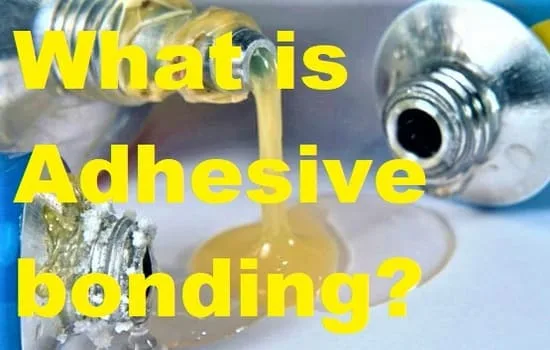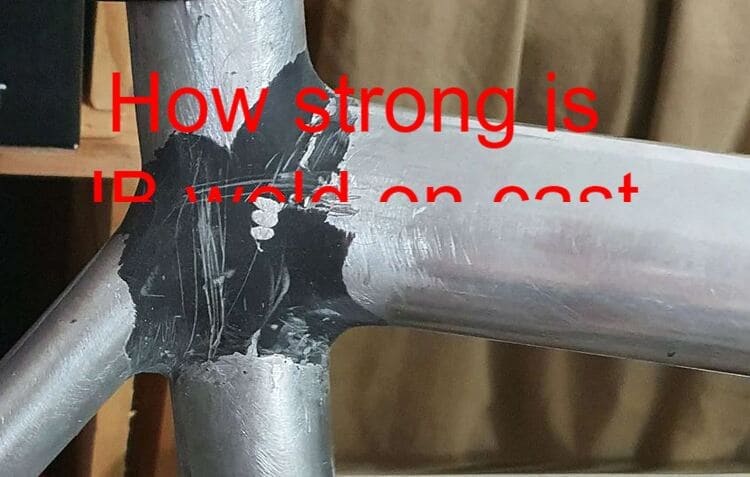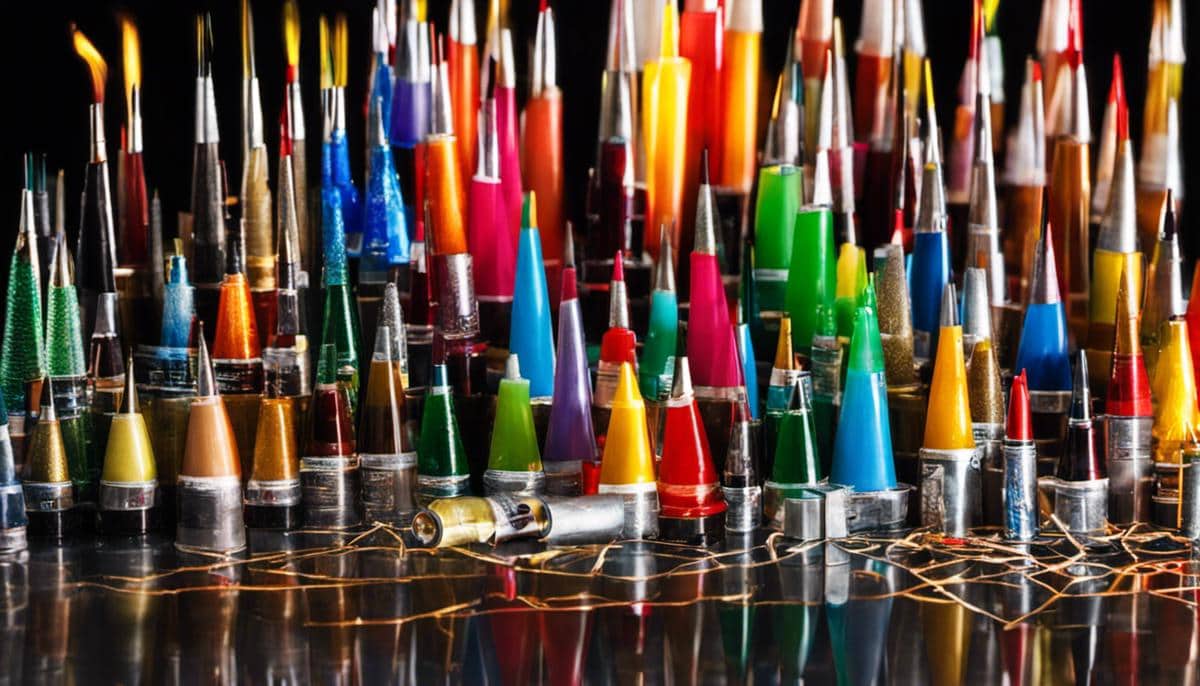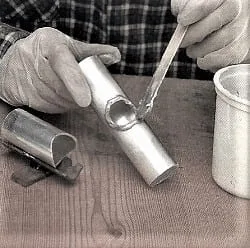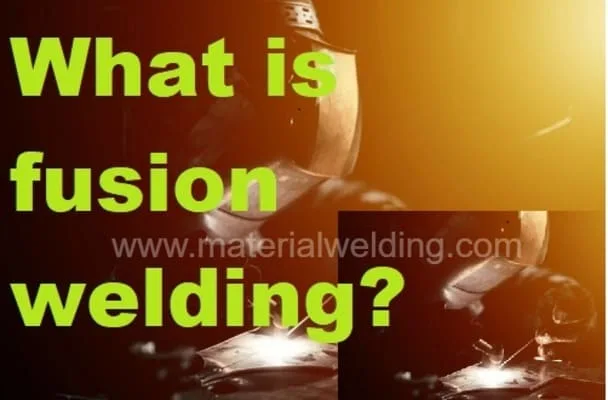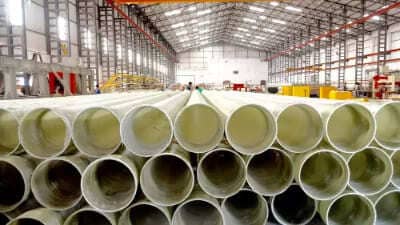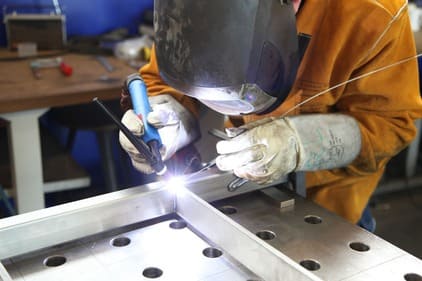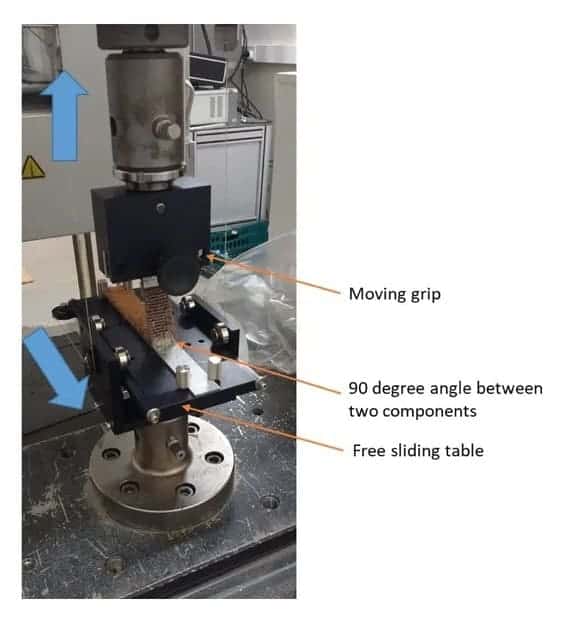J-B Weld Applications & Curing Time
JB Weld is a two-part epoxy adhesive that is known for its strong bonding properties and versatility in a wide range of applications.
It is a popular choice for both industrial and household repairs, and can be used to bond a variety of materials such as metal, plastic, ceramic, and wood.
The adhesive is made up of a resin and hardener that are mixed together to create a strong bond that can withstand high temperatures and pressures.
One of the most popular uses of JB Weld is for automotive repairs, as it can be used to repair leaks, cracks, and broken parts on vehicles.
Other common applications include bonding and sealing pipes, patching holes in metal surfaces, and filling gaps and cracks in concrete.
In addition, JB Weld can be used to repair appliances, tools, and equipment, and can be used for jewelry making, fishing, and even DIY projects.
"However, one of the most common questions related to JB Weld is the time it takes to dry. This is a crucial aspect to consider before starting a repair or project with JB Weld."
How Long Does J-B Weld Take To Dry
The drying time for JB Weld depends on several factors such as the size of the area being bonded, the thickness of the adhesive, and the temperature and humidity of the environment.
According to the manufacturer, JB Weld takes 4-6 hours to set and 15-24 hours to cure completely. However, it is recommended to wait at least 24 hours before putting the repaired item into service.
| Image | Product | Details | Get Best Price |
|---|---|---|---|
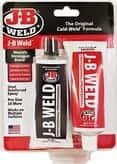 | JB Weld Original Cold Weld | Setting time: 4- 6 Hours Curing time: 15- 24 Hours Color after curing: Dark Gray Strength: 5020 PSI | Check Price |
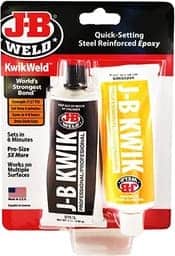 | JB Quikweld fast setting | Setting time: 6 minutes Curing time: 4- 6 Hours Color after curing: Dark Gray Strength: 3127 PSI | Check Price |
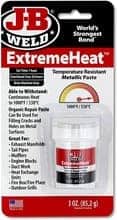 | JB Weld EXTREMEHEAT Paste | Setting time: 1 Hour Curing time: 24 Hours Color after curing: Dark Gray Temperature limit: Upto 1000°F | Check Price |
The temperature of the environment also has an effect on the curing time, with warmer temperatures allowing for faster curing.
The ideal curing temperature is around 70°F (21°C), with a humidity level of less than 50%. If the temperature is below 50°F (10°C) or above 90°F (32°C), the curing time will be longer.
It’s important to note that the curing time for JB Weld is an approximate time and can vary depending on the factors mentioned above.
It’s always best to wait for the maximum curing time before using the repaired item, to ensure that the bond is fully cured and strong.
Can you make J-B Weld dry faster?
There are a few ways to speed up the drying time of JB Weld, but it is important to note that doing so may compromise the strength of the bond.
Some methods to speed up the drying time include:
- Increasing the temperature: JB Weld cures faster at higher temperatures, so using a heat lamp or placing the bonded area in a warm room can help to speed up the curing time.
- Applying pressure: Applying pressure to the bonded area can also help to speed up the curing time. This can be done by clamping the area together or using weights to hold it in place.
- Using a faster setting epoxy: JB Weld has several different products that have different drying time, some of them are designed to dry faster. Be sure to check the product information before you purchase.
It is important to note that these methods may weaken the bond and should be used with caution.
It is always best to follow the manufacturer’s recommendations for curing time, to ensure that the bond is fully cured and strong.
How to speed up J-B Weld cure time?
While JB Weld is known for its strong bonding properties and versatility in a wide range of applications, the curing time can be a concern for some projects.
However, there are a few ways to speed up the cure time of JB Weld. One way is to increase the temperature of the environment in which the adhesive is being applied, as JB Weld cures faster at higher temperatures.
Another way is to apply pressure to the bonded area by clamping it or using weights to hold it in place.
Additionally, you can use a faster setting epoxy variant available in the market, that is designed to cure faster.
You can also mix the epoxy for a longer period of time, as it can help to increase the bond strength. It’s important to note that these methods may weaken the bond and should be used with caution.
Always follow the manufacturer’s recommendations for curing time to ensure that the bond is fully cured and strong.
What is the drying time for JB Weld in cold temperatures?
The drying time for JB Weld in cold temperatures may take longer than in warm temperatures.
According to the manufacturer, JB Weld takes 4-6 hours to set and 15-24 hours to cure completely. However, if the temperature is below 50°F (10°C), the curing time will be longer.
It is recommended to wait at least 24 hours before putting the repaired item into service, and this time may be increased in cold temperatures.
It’s important to note that the curing time for JB Weld is an approximate time and can vary depending on the factors such as the size of the area being bonded, the thickness of the adhesive, and the temperature and humidity of the environment.
It’s always best to wait for the maximum curing time before using the repaired item, to ensure that the bond is fully cured and strong.
Does J-B Weld cure faster with heat?
Yes, JB Weld does cure faster with heat. According to the manufacturer, JB Weld cures faster at higher temperatures, with the ideal curing temperature being around 70°F (21°C).
The increased temperature causes a faster chemical reaction in the epoxy, which speeds up the curing process.
However, it’s important to note that the bond strength may be compromised if the temperature exceeds the maximum recommended by the manufacturer.
What does J-B Weld work on?
JB Weld is a versatile two-part epoxy adhesive that can bond a variety of materials such as metal, plastic, ceramic, and wood.
Some common applications of JB Weld include:
Automotive repairs: JB Weld can be used to repair leaks, cracks, and broken parts on vehicles
Bonding and sealing pipes: JB Weld can be used to repair leaks, cracks and joining pipes together.
Patching holes in metal surfaces: JB Weld can be used to fill holes and cracks in metal surfaces such as pipes and tanks
Concrete repairs: JB Weld can be used to fill gaps and cracks in concrete
Appliance repairs: JB Weld can be used to repair appliances, tools, and equipment
Jewelry making: JB Weld can be used to make jewelry items, especially when joining different materials
Fishing and fishing: JB Weld can be used to repair fishing rods, reels and other fishing gears.
DIY projects: JB Weld can be used in a wide range of DIY projects as it can bond different materials.
Is J-B Weld strong as a weld?
JB Weld is a strong adhesive that is known for its bonding properties, but it is not as strong as a weld.
A weld is a process that joins two pieces of metal together by heating them to a high temperature and then fusing them together.
The bond created by welding is stronger than that of an adhesive because the metal is actually fused together on a molecular level.
JB Weld, on the other hand, creates a bond by adhesion between the surfaces that are being joined together, which is not as strong as a weld.
